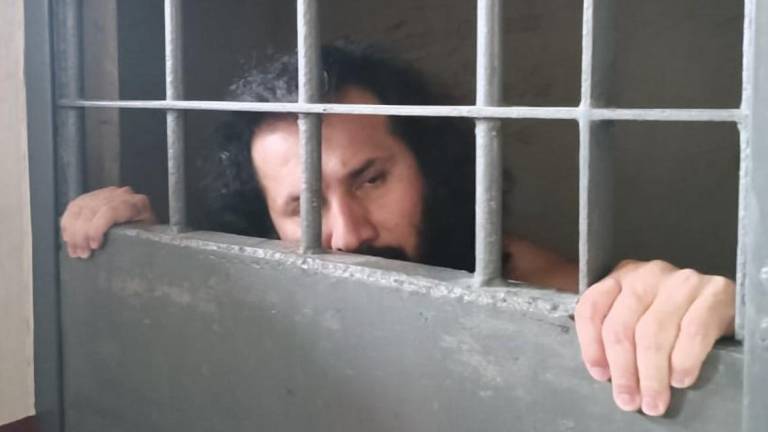Security analysts say that Fito’s escape was implausible without the complicity of his guards, underscoring the crucial point that he must have received advance notice of his intended prison transfer.
The alleged escape of Adolfo Macías Salazar, widely known as ‘Fito’ and the notorious leader of the criminal gang Los Choneros, has thrust into the spotlight the deeply concerning infiltration of organized crime within crucial entities responsible for law enforcement and prison management in Ecuador. The incident, officially confirmed by the Prosecutor’s Office, serves as a grim reminder of the pressing need for a comprehensive reevaluation of the country’s social rehabilitation centers and a strategic overhaul in the ongoing battle against organized crime.
Commencing on January 7th, rumors of ‘Fito’s disappearance began circulating, with official confirmation arriving only at 8:00 p.m. that same day. In response, military and police personnel launched a Weapons, Ammunition, and Explosives Control (Camex) operation at the Guayas Social Rehabilitation Center No. 4, commonly known as the Regional Prison. Unfortunately, their efforts proved futile, as ‘Fito’ remained elusive despite being sentenced to 34 years for offenses such as organized crime, drug trafficking, and murder since 2011.
This perplexing turn of events prompts a critical examination of the security measures in place, particularly in light of ‘Fito’s prior relocation to La Roca, a facility deemed maximum security. The large-scale operation, involving 4,000 soldiers and police, aimed to bolster security but paradoxically ended with his return to the Regional prison in September, raising questions about the efficacy of the implemented security protocols.
As of January 8th, the pursuit of ‘Fito’ continues within the confines of the Regional prison, mobilizing an extensive force of over 3,500 soldiers and police, complemented by the deployment of tanks and drones. The detainment of three prison guards underscores the suspicion of internal complicity in facilitating the evasion, further emphasizing potential corruption within the system.
Expert says Organized Crime controls prisons
Katherine Herrera, an esteemed academic and consultant specializing in public and state security, asserts that the apparent disappearance of ‘Fito’ underscores the stark reality that social rehabilitation centers are firmly under the control of Organized Crime Groups (GDO). Despite the declaration of states of exception and changes in leadership within the National Comprehensive Care Service for Adult Persons Deprived of Liberty and Adolescent Offenders (SNAI), the state has struggled to neutralize the pervasive influence of organized crime within these institutions.
Herrera contends that the support for ‘Fito’s escape extended beyond prison guards, implicating members of the SNAI, National Police, Armed Forces, and the Ministry of the Interior. She suggests that leaks of critical information leading to the evasion might have been facilitated by premature announcements from the President of the Republic, highlighting the urgent necessity for a thorough purification of these entities to restore public trust.
The consultant emphasizes the critical importance of identifying the number of GDOs operating in Ecuador and assessing their strength to mount an effective response against organized crime. In her assessment, a comprehensive government effort is pivotal in addressing the systemic issues at play and implementing lasting solutions to curb the influence of organized crime within the country.
Former director of social rehabilitation, Alexandra Zumárraga, adds her voice to the conversation by questioning the efficacy of the Fénix plan. She draws attention to the fact that the large prisons appear to be under the control of criminal networks, citing instances of extravagant celebrations within prison walls during holidays. Zumárraga contends that, at least within the prison system, the Fénix plan seems to be nonexistent or inadequately implemented.
In response to these unfolding events, Roberto Izurieta, Secretary of Communication of the Government, acknowledges the possibility of infiltrations contributing to ‘Fito’s disappearance. In an interview, he suggests that infiltrations might have played a role, indicating a potential lapse in security protocols that allowed for the successful evasion.


0 Comments